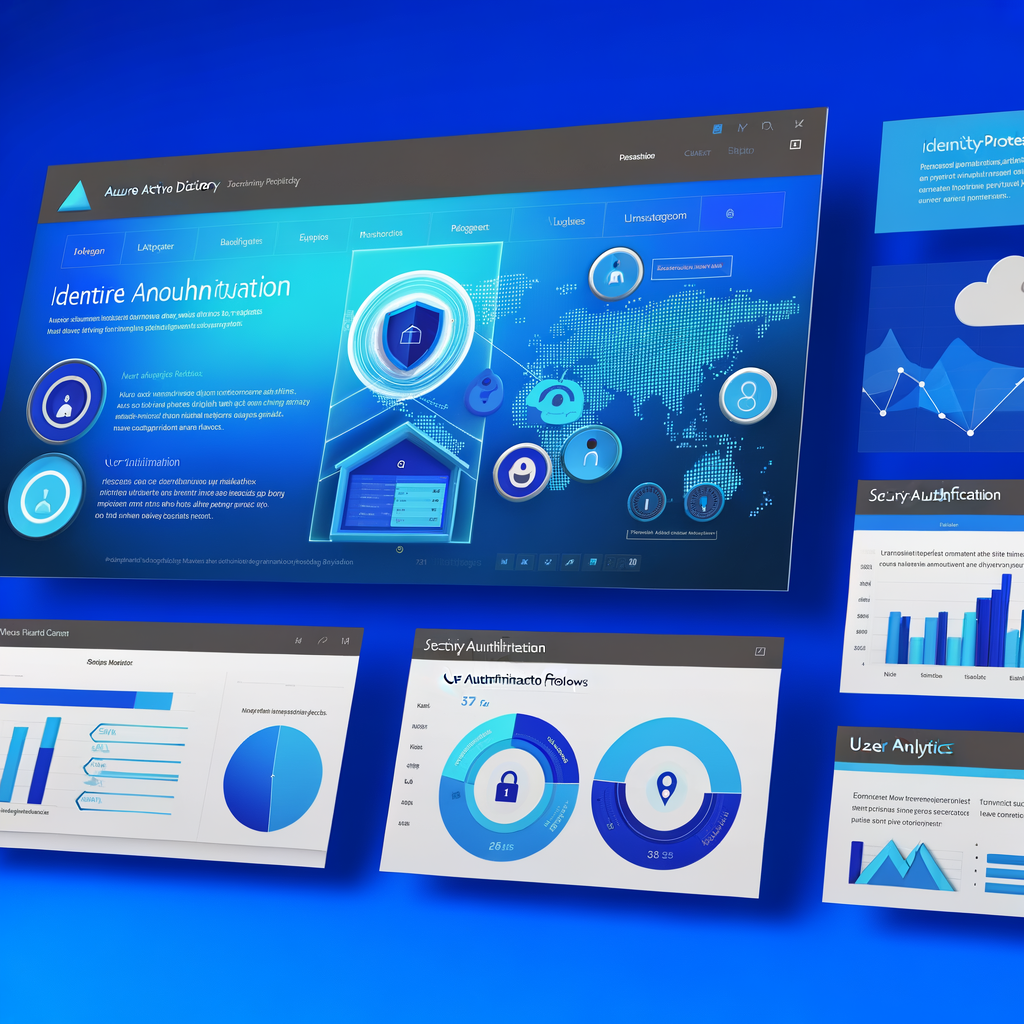In today’s rapidly evolving cybersecurity landscape, the traditional “castle and moat” security model is no longer sufficient to protect modern organizations. As businesses embrace hybrid work environments, cloud-first strategies, and digital transformation initiatives, the need for a more robust security framework has become paramount. Enter Zero-Trust Architecture—a security paradigm that fundamentally changes how we approach cybersecurity.
What is Zero-Trust Architecture?
Zero-Trust is built on a simple yet powerful principle: “Never trust, always verify.” Unlike traditional security models that assume everything inside the network perimeter is safe, Zero-Trust operates under the assumption that threats can exist both inside and outside the network. Every user, device, application, and network flow must be authenticated, authorized, and continuously validated before being granted access to systems and data.

The Current Threat Landscape in 2025
The cybersecurity challenges facing organizations today are more complex than ever before. Recent statistics paint a concerning picture:
- Remote Work Security Gaps: With over 40% of the global workforce operating in hybrid or fully remote environments, traditional perimeter-based security solutions leave significant blind spots
- Sophisticated Attack Vectors: Modern cybercriminals leverage AI-powered attacks, deepfakes, and advanced social engineering techniques that can bypass traditional security measures
- Identity-Based Attacks: Over 80% of security breaches involve compromised credentials, making identity the new battleground for cybersecurity
- Cloud Adoption Complexity: As organizations migrate to multi-cloud environments, managing consistent security policies across platforms becomes increasingly challenging
Why Azure Active Directory is Central to Zero-Trust
Microsoft Azure Active Directory (Azure AD) serves as the cornerstone of Zero-Trust implementation for several compelling reasons:
1. Identity as the New Security Perimeter
In a Zero-Trust model, identity becomes the primary security perimeter. Azure AD provides comprehensive identity and access management capabilities that enable organizations to:
- Centrally manage user identities across cloud and on-premises environments
- Implement robust authentication mechanisms including multi-factor authentication (MFA)
- Monitor and analyze user behavior patterns to detect anomalies
2. Conditional Access: The Policy Engine
Azure AD’s Conditional Access feature acts as the policy engine for Zero-Trust implementation. It enables organizations to create granular, risk-based access policies that consider multiple factors:
Policy Evaluation Factors:
├── User or Group Identity
├── Location (IP address, country/region)
├── Device (managed, compliant, trusted)
├── Application being accessed
├── Real-time risk calculation
└── Session controls and limitations
Core Principles of Zero-Trust Architecture
1. Verify Explicitly
Always authenticate and authorize based on all available data points, including user identity, location, device health, service or workload, data classification, and anomalies. Azure AD’s Identity Protection service continuously evaluates these factors using machine learning algorithms to calculate real-time risk scores.
2. Use Least Privilege Access
Limit user access with Just-In-Time (JIT) and Just-Enough-Access (JEA) policies, risk-based adaptive controls, and data protection measures. Azure AD’s Privileged Identity Management (PIM) feature enables organizations to implement time-bound, approval-based access to sensitive resources.
3. Assume Breach
Minimize blast radius and segment access. Verify end-to-end encryption and use analytics to gain visibility, drive threat detection, and improve defenses. Azure AD’s comprehensive logging and integration with Azure Sentinel provide the monitoring capabilities necessary for this principle.
The Business Case for Zero-Trust
Implementing Zero-Trust architecture with Azure AD delivers measurable business benefits:
| Benefit Category | Impact | Azure AD Capability |
|---|---|---|
| Risk Reduction | Up to 90% reduction in successful phishing attacks | Multi-factor Authentication + Conditional Access |
| Operational Efficiency | 50% reduction in help desk password reset tickets | Self-Service Password Reset + Passwordless Auth |
| Compliance | Automated compliance reporting and audit trails | Azure AD Access Reviews + Identity Governance |
| User Experience | Single sign-on across 3,000+ pre-integrated apps | Azure AD Application Gallery + Custom Apps |
What’s Coming Next in This Series
Over the next six parts of this comprehensive series, we’ll dive deep into practical implementation strategies:
- Part 2: Identity as the Security Perimeter – Advanced authentication strategies and passwordless solutions
- Part 3: Conditional Access Policies – Core implementation and configuration best practices
- Part 4: Advanced Risk Management – Identity Protection and adaptive authentication
- Part 5: Device Management & Compliance – Integrating Intune for comprehensive device security
- Part 6: Monitoring & Analytics – Continuous improvement through data-driven insights
- Part 7: Enterprise Integration – Advanced scenarios and real-world implementations
Getting Started: Assessment and Planning
Before diving into implementation, organizations should conduct a comprehensive assessment of their current security posture. Microsoft provides several tools to help with this evaluation:
- Azure AD Security Baseline: A set of recommended security configurations
- Identity Secure Score: A measurement tool that shows your current security posture and provides recommendations
- Zero Trust Rapid Modernization Plan (RaMP): A structured approach to implementing Zero Trust capabilities
The journey to Zero-Trust architecture is not a destination but an ongoing process of continuous improvement and adaptation. As we progress through this series, we’ll provide practical, actionable guidance that you can implement in your organization, regardless of size or current security maturity.
In our next post, we’ll explore how identity becomes the new security perimeter and dive deep into Azure AD’s advanced authentication capabilities, including passwordless authentication and the strategic implementation of multi-factor authentication across your organization.
Stay tuned for Part 2 of our Zero-Trust Architecture series, where we’ll cover “Identity as the Security Perimeter” and explore advanced authentication strategies that form the foundation of a robust Zero-Trust implementation.







